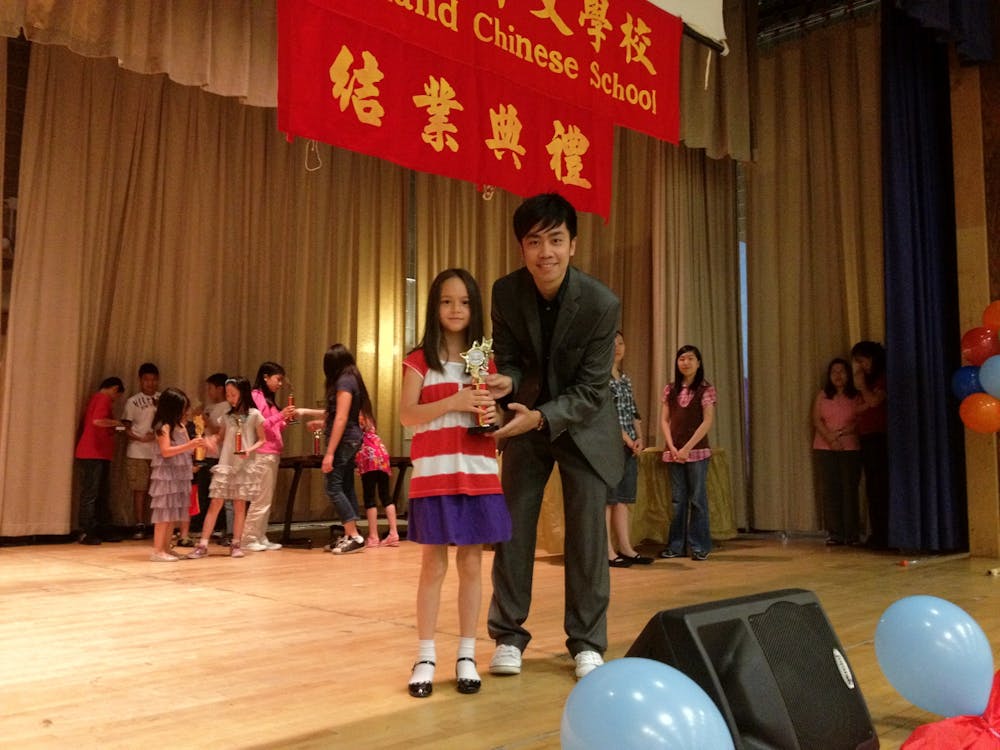But it is just that: a Chinese noodle.
Yet, in some alternate universe where humans and noodles intertwine, I managed to relate to biang. It resonated with me — not only does biang represent a Chinese noodle’s creative process, but it is also representative of what I learned during my Saturdays at Chinese school growing up.
Just like biang, I am also 56 strokes of an atypical character. I exude a love for simplicity and complexity all at once, learning to cherish my traditions as I’ve studied them every Saturday for three hours — whether in a small classroom or a large open auditorium.
With Mrs. Lee, I opened doors into realities that transported me into different time periods. We read tales of love written in calligraphic messages and deconstructions of anthropomorphic Taiwanese fables. Together, we pondered human morality and talked about the history of various Chinese characters that sparked my interest. She encouraged my zest for speedy memorization, which ultimately helped me develop an ability to absorb information and understand language on a more intimate level.
I remember the annual speech contests like they were yesterday. How I’d tremble in fear every time. How I’d ask Mrs. Lee and my mother to help me write my speeches, practicing them in the classroom, in the kitchen — all in preparation for the big day in that large auditorium.
But the fear all disintegrated once I stepped on that stage. I’d look to the side at Mrs. Lee, her smiling eyes telling me, "you got this." Confidence swept over me, and I knew that the speech had already established itself in my mind and all I had to do was let it out.
I remember the after-school dance program that my mother enrolled me in that let me learn discipline from movement and immerse myself creatively in a different genre of dance that varied from my usual ballet lessons. The outfits were critical in the physical expression of the dance, emanating messages and stories that otherwise would not make sense at first glance when watching the performance. The dance and the costumes worked together to transform us into storytellers.
From my many years at the Chinese school, I have developed an intimate relationship with the many complexities and simple pleasures of my culture — from language and conversation to traditional dances and costumes. I've uncovered the various parts of humanity through the lessons of discipline, global understanding, storytelling and communication. To me, biang is representative of the diverse aspects of humanity, a story told through numerous building blocks of history.
So yes, biang may be an atypical character, but it is one riddled with infinite stories, exuding complexity and simplicity all at once.
I wonder if that’s what Mrs. Lee was trying to tell me.
@dthopinion
opinion@dailytarheel.com
To get the day's news and headlines in your inbox each morning, sign up for our email newsletters.



